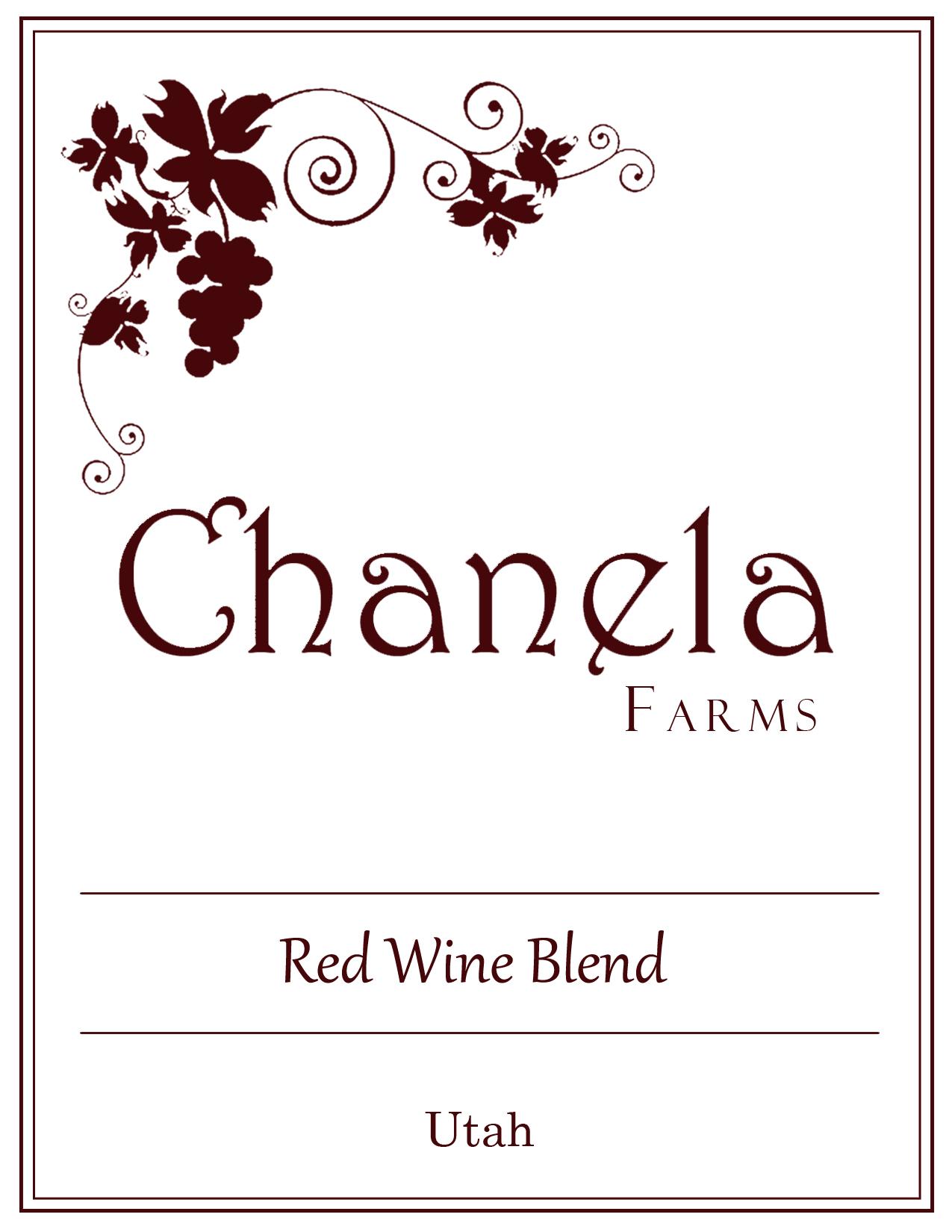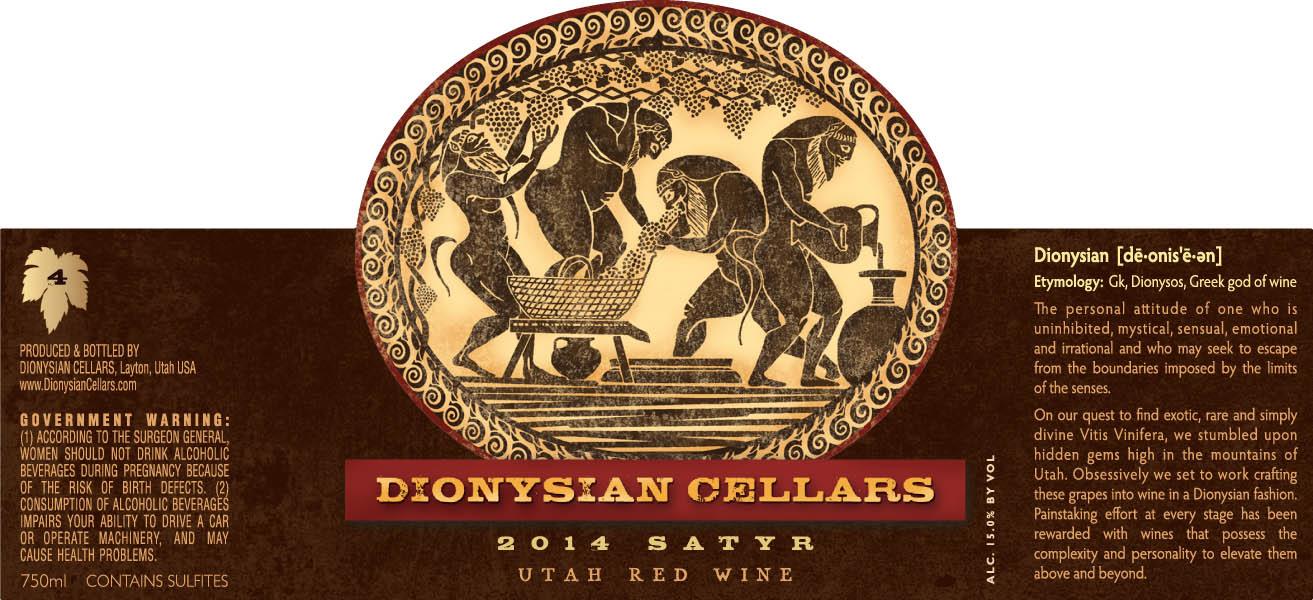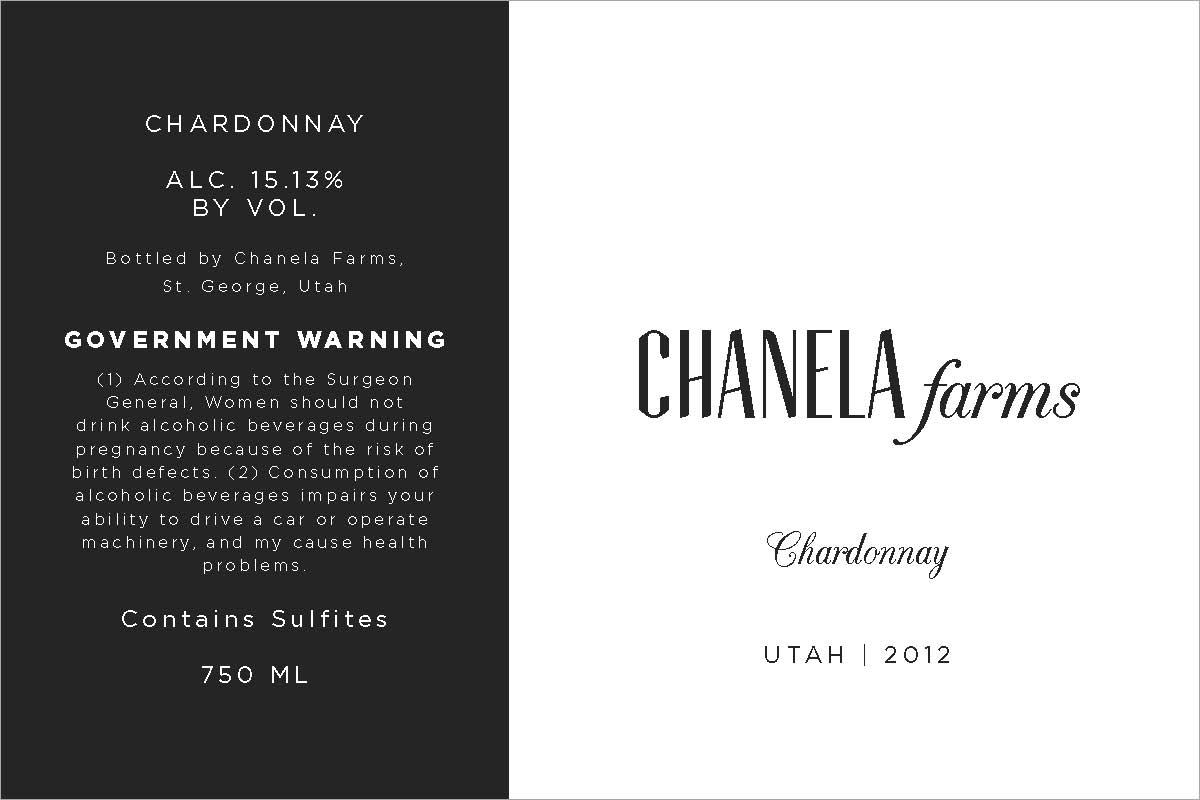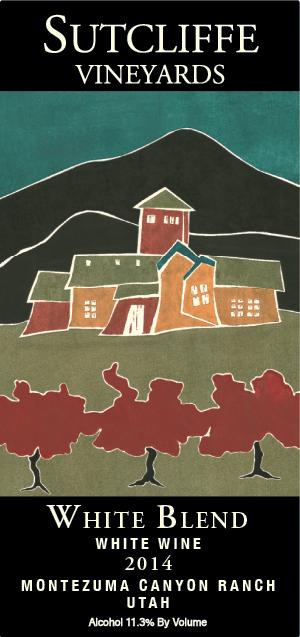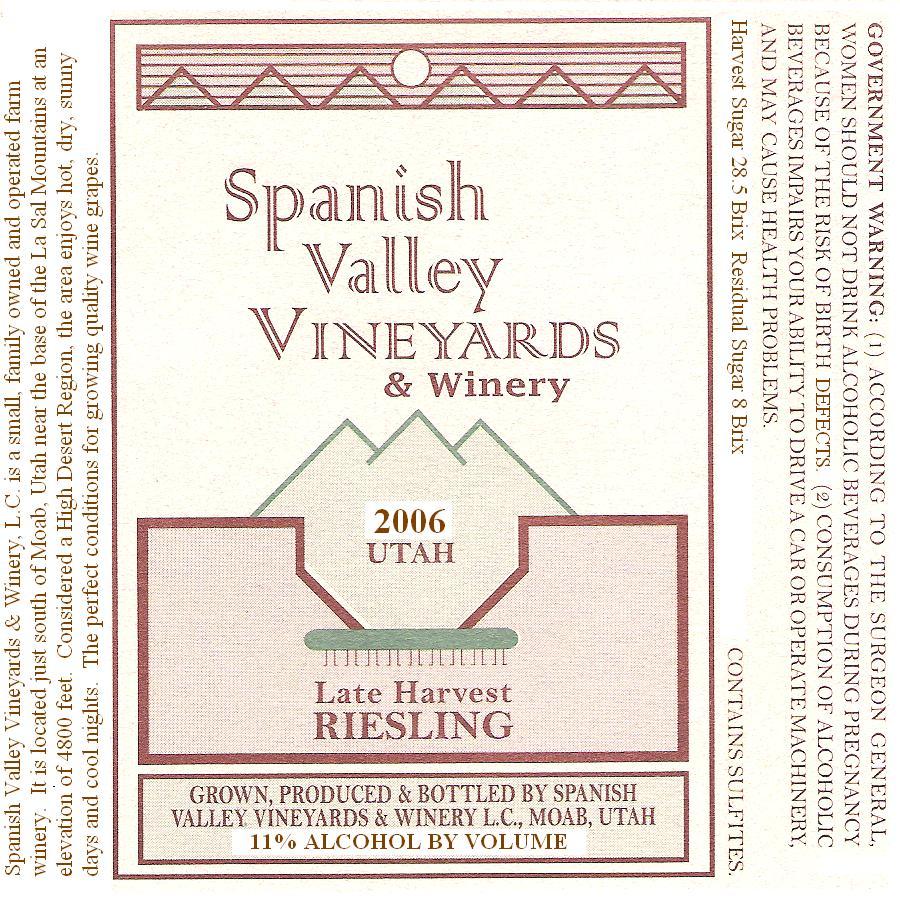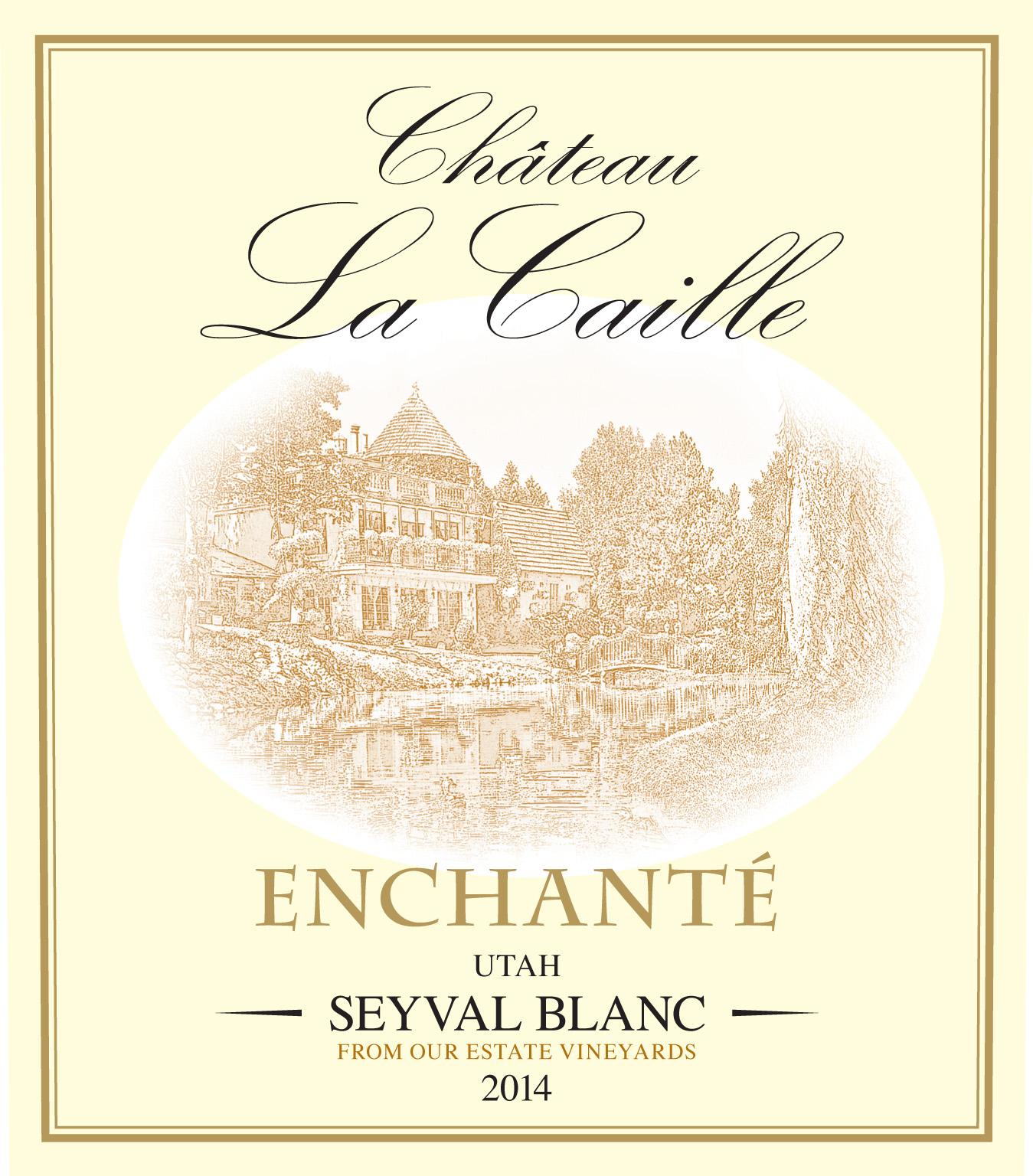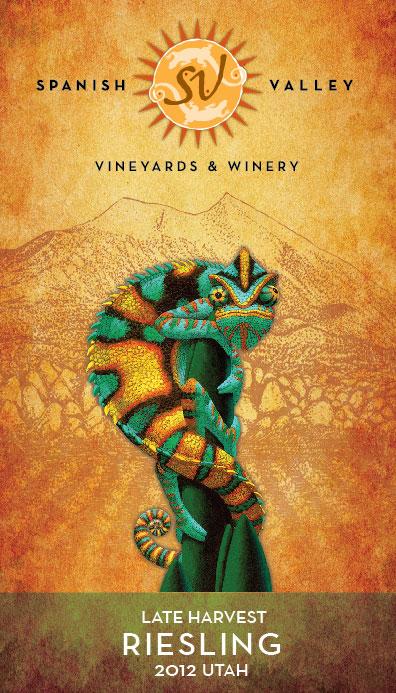Terroir of Utah
Utah's wine regions are shaped by a high desert climate, with vineyards ranging from 3,000 to 5,000 feet above sea level. These elevations, aligned with the 37th parallel north, mirror prestigious wine areas in Spain and Italy. The intense sunlight and UV radiation promote thick grape skins, resulting in wines with vibrant color and robust tannins. Daytime temperatures can soar above 95 °F, while nights cool dramatically, preserving the grapes' acidity and enhancing flavor.
Soils here are a mix of sandy loams, alluvial deposits, and volcanic minerals, requiring careful nutrient management due to low organic content. Microclimates, like those in Dammeron Valley and near Moab’s Castle Valley, offer unique conditions for grape growing, with cooling river influences and canyon breezes aiding in the production of complex and high-quality wines.
Notable Wineries in Utah
Utah's burgeoning wine scene is gaining momentum, with several notable wineries leading the charge in this high desert landscape. Here are some standouts:
-
I/G Winery (Cedar City): Founded in 2012 by former sommelier Doug McCombs, this winery is known for its chic tasting room and diverse wines, blending Utah-grown and West Coast grapes.
-
Bold & Delaney (Dammeron Valley): This boutique estate, established in 2014, offers 14 varietals, including rare choices like Malvasia Bianca, all set against stunning volcanic hills.
-
The Vine Yard (Leeds): Since 2009, Roberto Alvarez has crafted award-winning wines from Spanish and Rhône varietals on his small estate.
These wineries, along with others like Zion Vineyards and Water Canyon Winery, showcase Utah's unique terroir and dedication to quality winemaking.
Sustainable Winemaking in Utah
In Utah, sustainability is woven into the fabric of winemaking, driven by the desert's demands. Water conservation is paramount, with nearly all vineyards utilizing drip irrigation and soil moisture sensors to optimize water use. Grapevines thrive with minimal water, allowing producers to focus on quality while preserving precious resources. Advanced technology, like the GRAPEX initiative, aids in efficient irrigation, showcasing a commitment to environmental stewardship.
Winemakers are also exploring drought-resistant and organic methods. By using hardy grape varieties and planting native cover crops, they enhance soil health and reduce water evaporation. Babydoll sheep naturally manage weeds and fertilize the soil, cutting the need for chemicals. These practices not only protect Utah’s unique terroir but also enhance wine quality, proving that innovation and nature can coexist in harmony.
Wine Tourism in Utah
Utah's wine tourism offers a unique blend of stunning landscapes and personal experiences. The Utah Wine Trail, established in 2021, is a highlight, featuring charming boutique wineries just a short drive from Zion National Park.
Visitors can enjoy wines like Tempranillo and Sauvignon Blanc, often poured by the winemakers themselves, amid striking red-rock backdrops.
The annual Utah Wine Festival and other events enhance the experience with tastings and awards. Many wineries also host activities like live music and food-pairing nights.
Wine tourism in Utah integrates seamlessly with outdoor adventures, allowing visitors to explore national parks and historic sites like Silver Reef ghost town. This vibrant wine scene, with its pioneering spirit, offers an adventurous taste of Utah's unique terroir.



